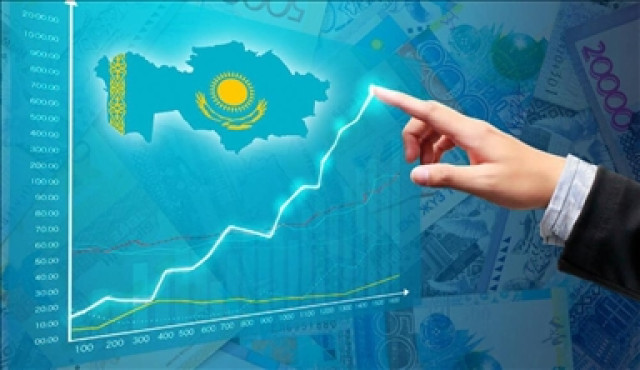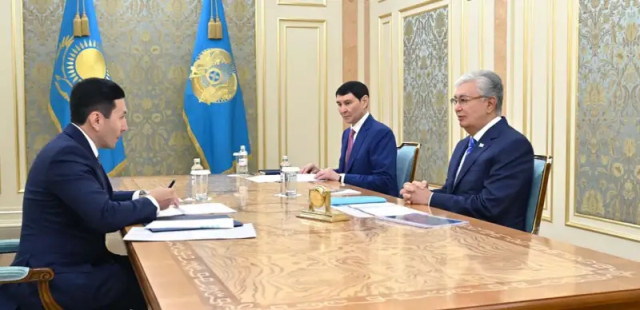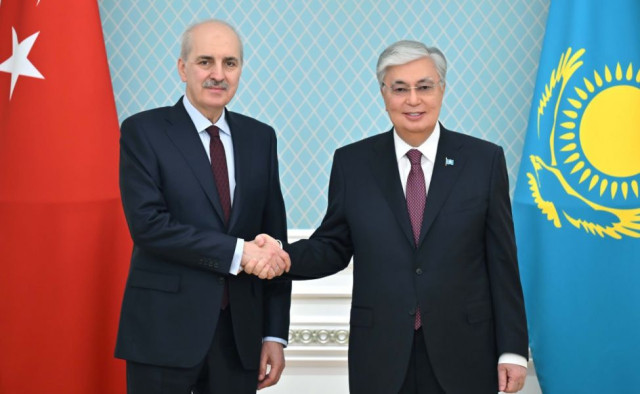
Kazakhstan’s
economic growth has reached 4.8 percent since the start of the year. The
increase in indicators is dominated by the share of the real and service
sectors, as noted by the country’s Minister of National Economy Alibek Kuantyrov
at the government’s meeting. There is also a growth rate of investment in fixed
assets, he added. The influx of investments has grown in such areas as
transport and warehousing by nearly 60 percent. Positive dynamics are observed
in the domestic machinery industry. Agriculture is also showing steady growth.
The light industry and the production of food and beverages also made a
significant contribution to the development of Kazakhstan’s economy. There is
an increase in indicators in foreign trade turnover, which amounted to slightly
more than four percent.
“According to preliminary
results, Kazakhstan’s foreign trade turnover surged by 4.3 percent to $67.2
billion in January-June 2023. Imports amounted to $29.3 billion, while exports
totaled $38 billion, with supplies of processed goods amounting to over $12 billion.
Overall, the trade surplus reached $8.7 billion,” said Kuantyrov.
Kazakh Prime Minister Alikhan Smailov
emphasized the importance of curbing price increases. This issue also remains a
priority for the government. According to Smailov, inflation in the country is
gradually slowing down. Thanks to the measures taken, it has been declining for
the sixth month.
“Restraining price growth remains
a priority for the Kazakh government. Thus, inflation in the country has been gradually
slowing down since February this year. We have managed to reduce it to 14 percent
in annual terms due to the measures taken. Nevertheless, we are facing the task
of cutting the inflation rate by two times compared to last year by the end of 2023.
It is worth noting that inflation continues to grow mainly due to the rise in
prices for food products. Therefore, timely preventive measures are required. To
this end, all the necessary tools are available,” said Smailov.
Kazakh Prime Minister emphasized
the need to take effective systemic measures to stimulate the maintenance of
economic growth rates until the end of the year. Thus, it is necessary to
strengthen work in areas such as economic diversification, development of domestic
production and increase in investments.









